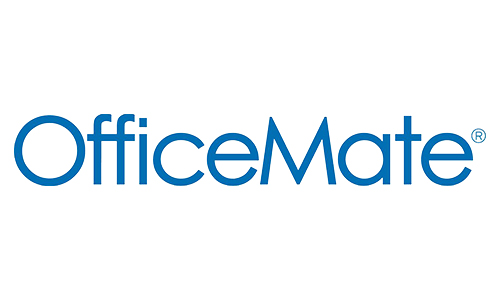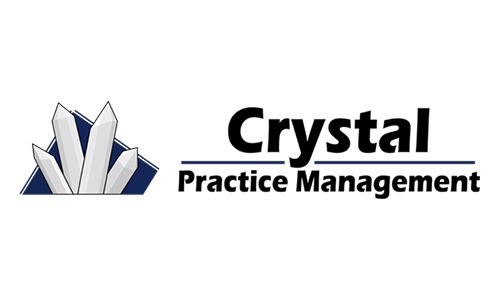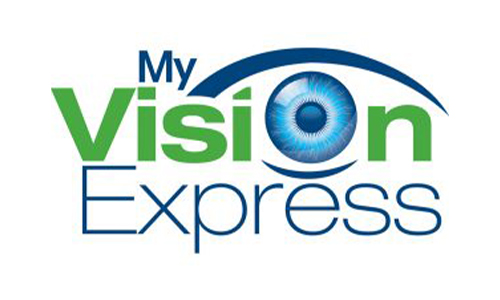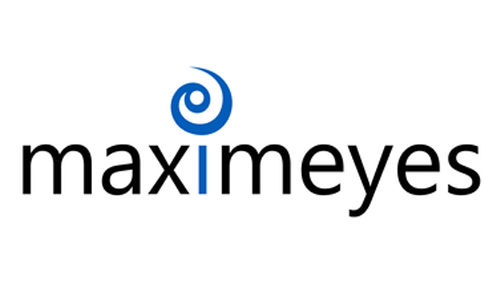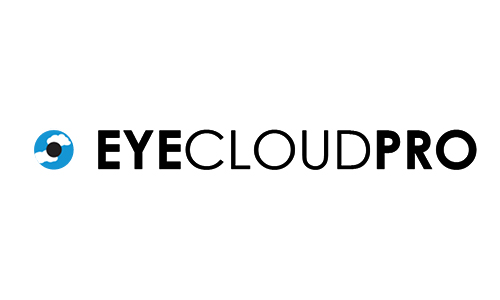common insurance billing questions that stump the best of us
By Christine Schneider, VP of Operations
If you’re an insurance biller for an optometry practice, you’re a master problem solver. Each patient is unique, their needs and their coverage. But even the most experienced billers run into vexing billing questions. Here are a few common insurance billing questions that stump the best of us — and their answers to help you provide better optometric patient care.
Insurance Billing Question 1:
Is it common for insurances to pay for medically necessary contact lenses?
In general, it’s more common for vision plans to cover medically necessary contact lenses than medical plans. Most medical plans, however, will cover the diagnosis and monitoring of the condition and leave the fitting and materials to the vision plan.
Each vision and health plan defines medically necessary contact lenses with different sets of parameters and allowable medical diagnosis. There are often specific steps needed for the approval of the fitting and the materials, including prior authorization and/or medical records.
Be sure to understand the needs of each payer with which you are dealing.
Insurance Billing Question 2:
How do you appropriately bill and code for foreign body removal?
Can you use the same code for the procedure and office visit? Or do they require different diagnosis codes?
As with most minor surgical procedures, the CPT code for a foreign body removal includes allowance for the exam. So, most times you should not bill a separate exam with the code. If your patient has other reasons for presenting at the office outside of a foreign body, you can then bill for an exam with a different diagnosis and a modifier 25 added to the exam code.
Insurance Billing Question 3:
How many times a year can you safely bill for OCT if you are treating a patient for glaucoma or macular degeneration?
This will vary payer to payer, but many policies allow once or twice a year for 92133 — depending on the stage of glaucoma and 92134, more often for some retinal diseases. It’s always recommended to view your medically necessary guidelines and allowances for each payer.
Insurance Billing Question 4:
How do you bill appropriately for cataract surgery co-management?
For all co-managed claims, you will need to bill with the surgery date and diagnosis the surgeon has billed for. Make sure you put the surgeon as the rendering provider with their NPI and apply modifier 55 to indicate this is a co-managed claim. The assume and relinquish date indication, as well as units to reflect co-managed days, vary from payer to payer.
You will want to review those specific requirements prior to filing your claim. You must also have a TOC (transfer of care) agreement in place and on file between you, the surgeon and the patient.
For more information on complicated insurance billing questions, see our article, Avoiding Billing Detours for Co-Managing Cataract Care,.
Insurance Billing Question 5:
Is there a code you can utilize to bill after-hours visits?
CPT 99050 or CPT 99051, reflect after-business hours, but most insurance companies will not pay for these codes unless your contract with them specifically states they will.
Insurance Billing Question 6:
What are the different modifiers and when do they need to be used?
Here are some common modifiers:
- RT/LT for right and left eye/lid.
- E1-E4 differentiate right and left as well as inferior and superior lids.
- 24 is needed when an office visit occurs during a global period that is unrelated to the procedure by the same doctor.
- 25 indicates separate and unrelated procedures on the same day.
- 50 indicates bilateral procedures performed during the same visit.
- 51 indicates multiple procedures performed on the same day/same encounter.
- 55 is needed for co-management.
- 59 is for services and/or procedures not normally reported together but are appropriate under the circumstances.
- 79 is non-related procedures or services by the same doctor inside of a global period.



